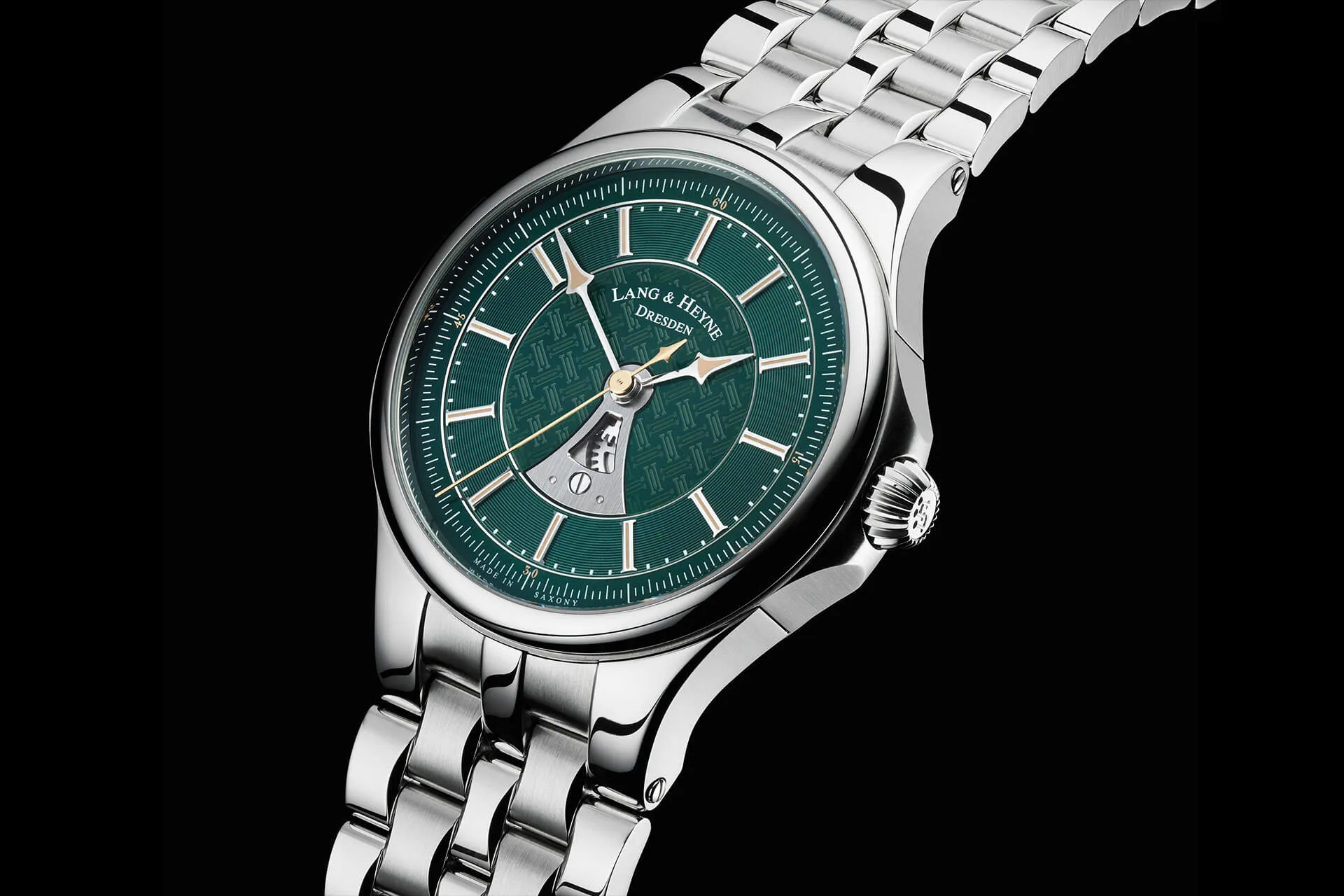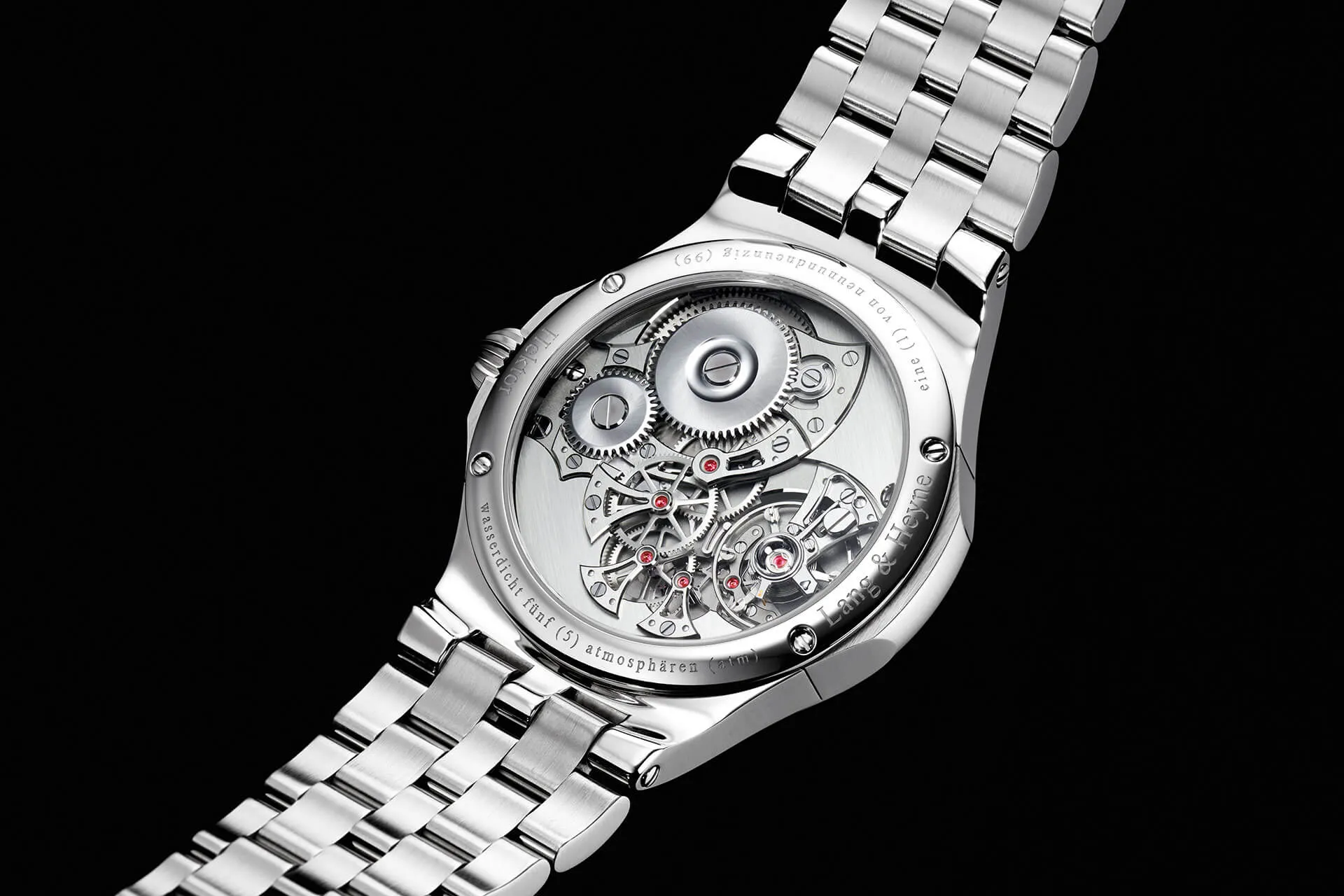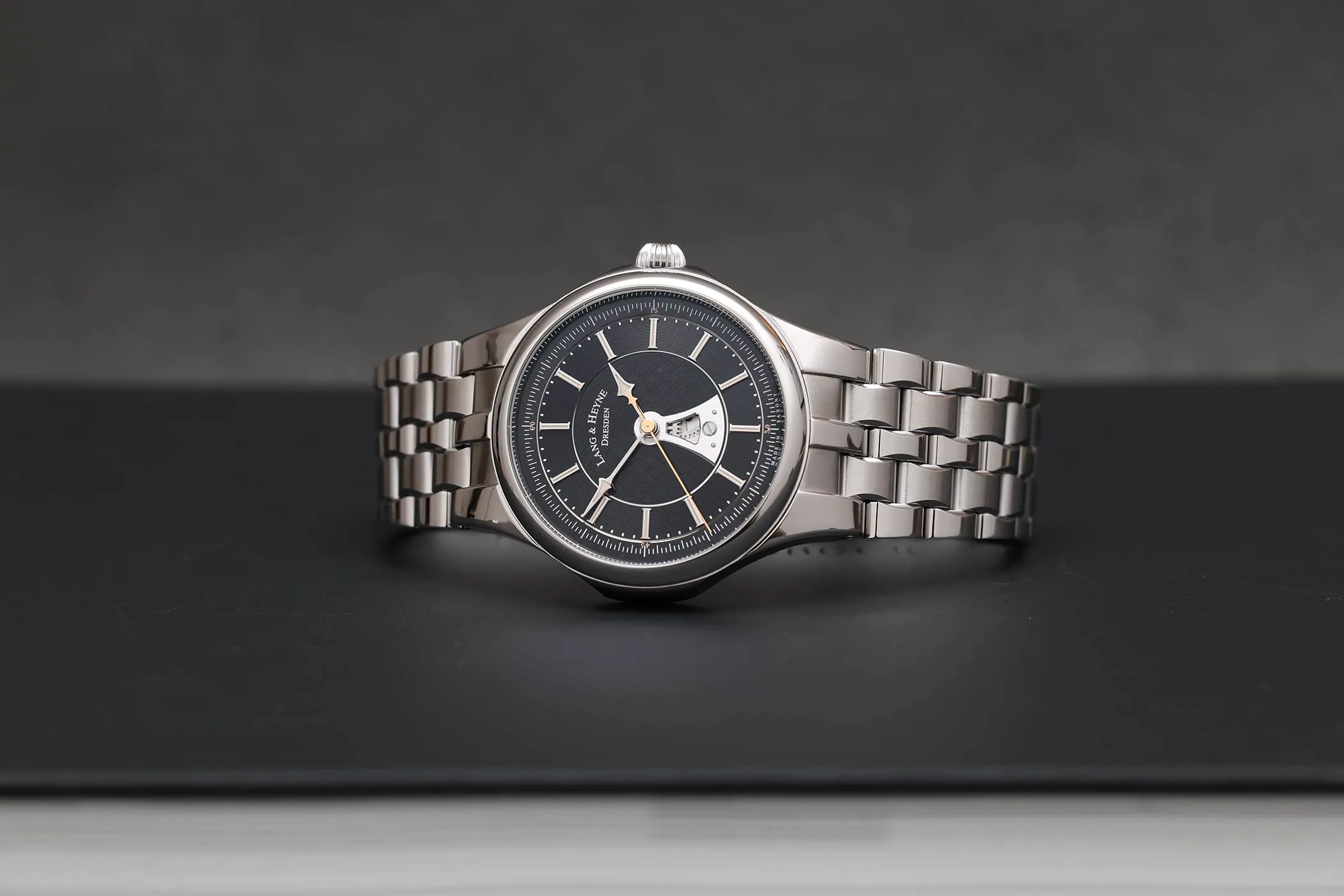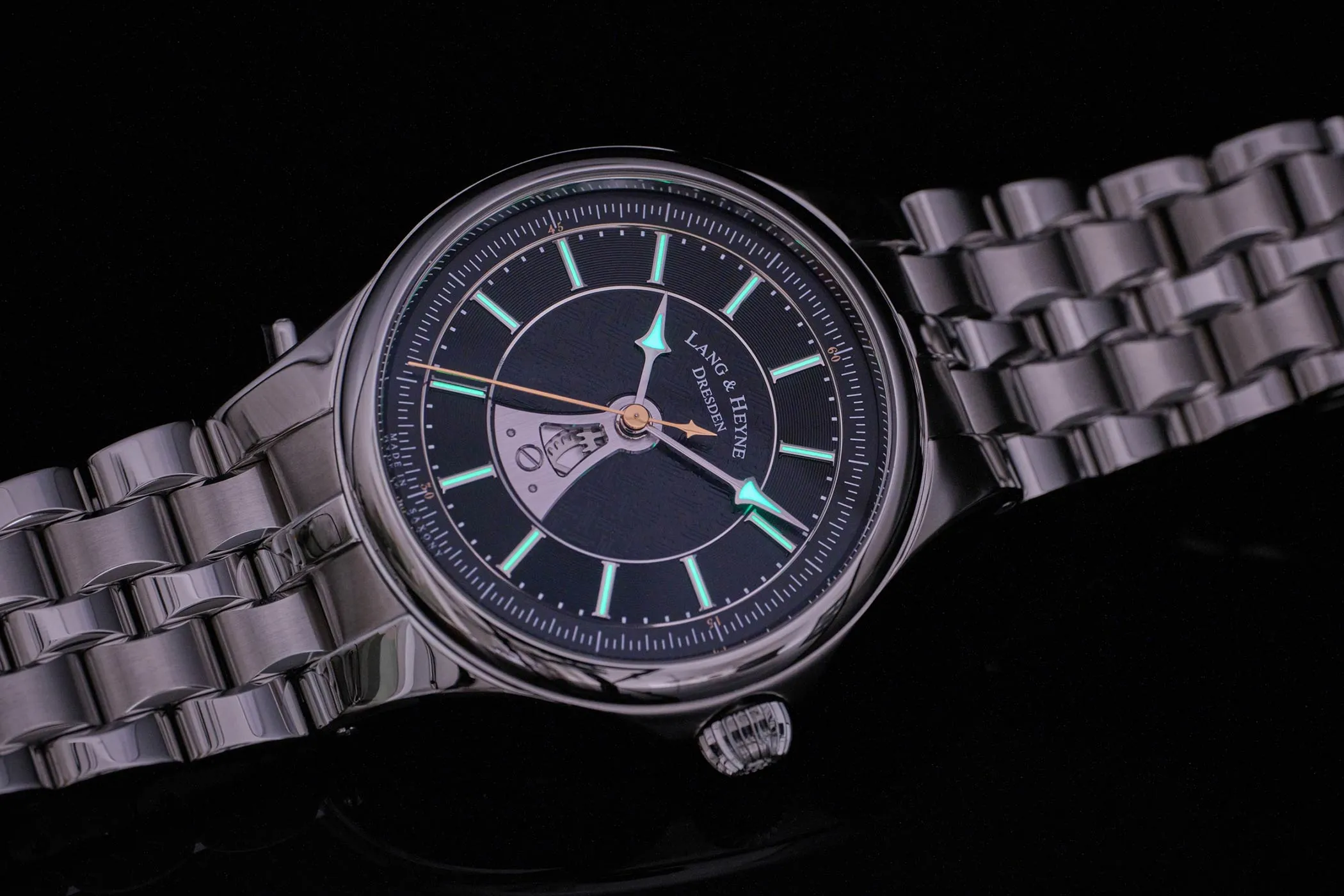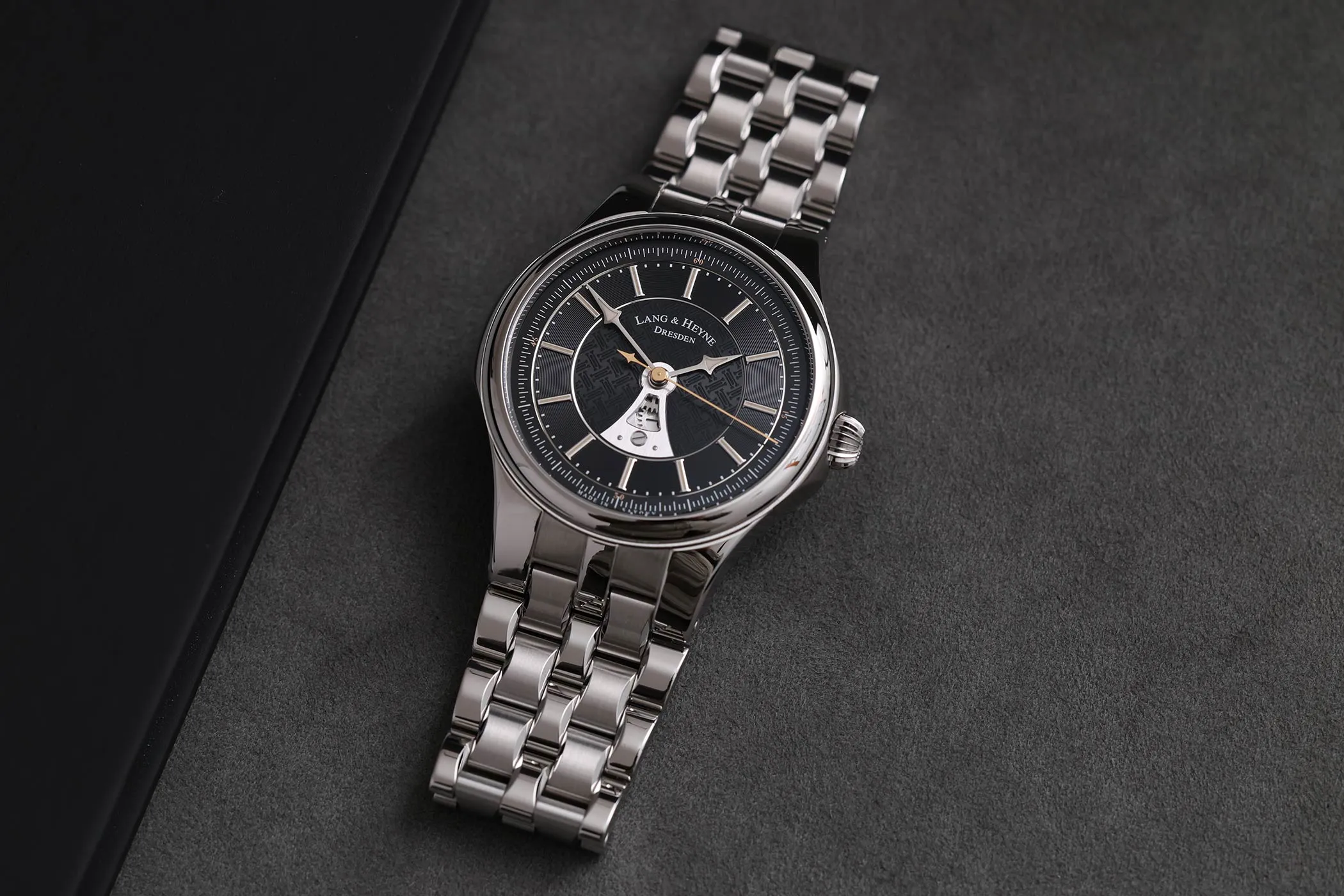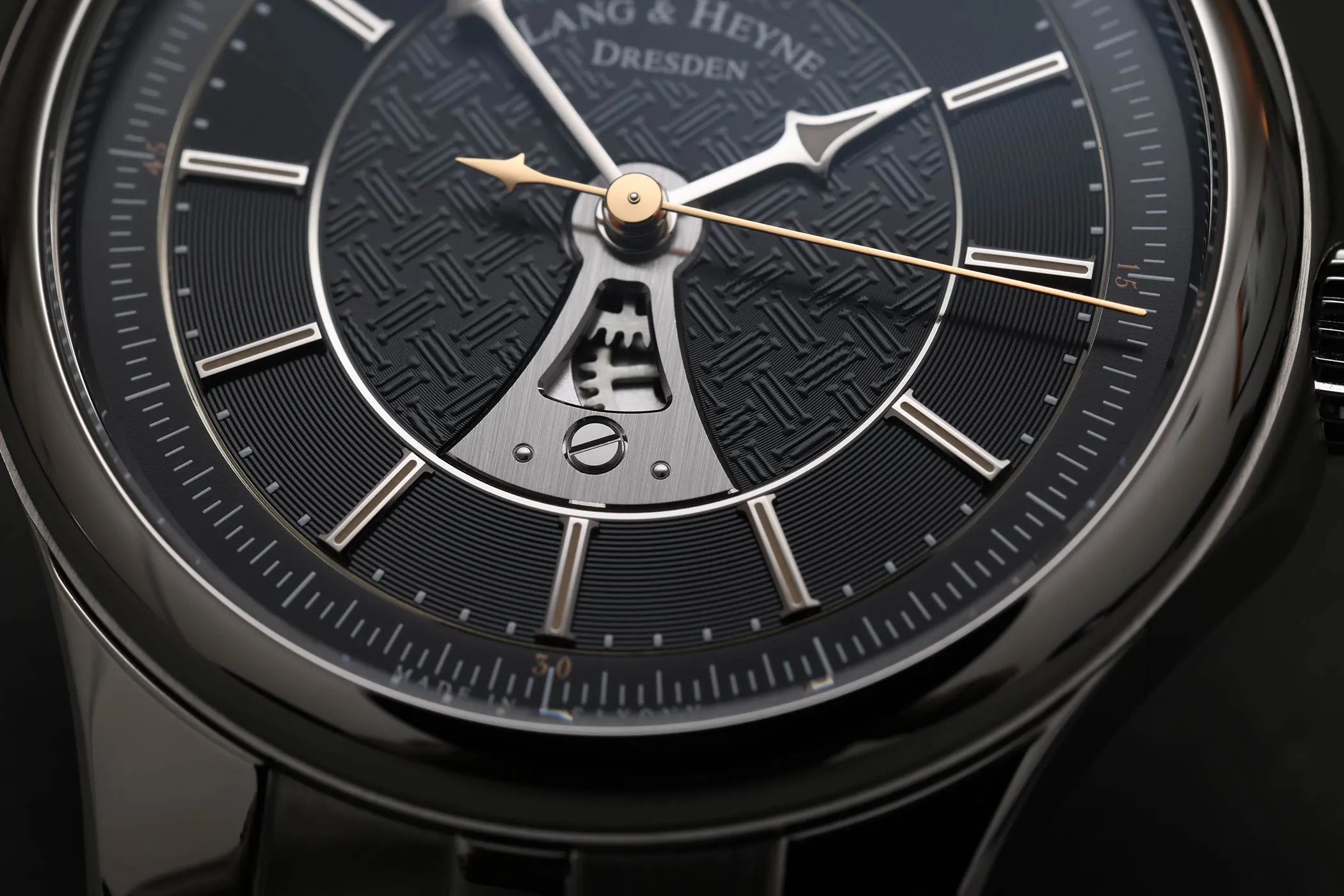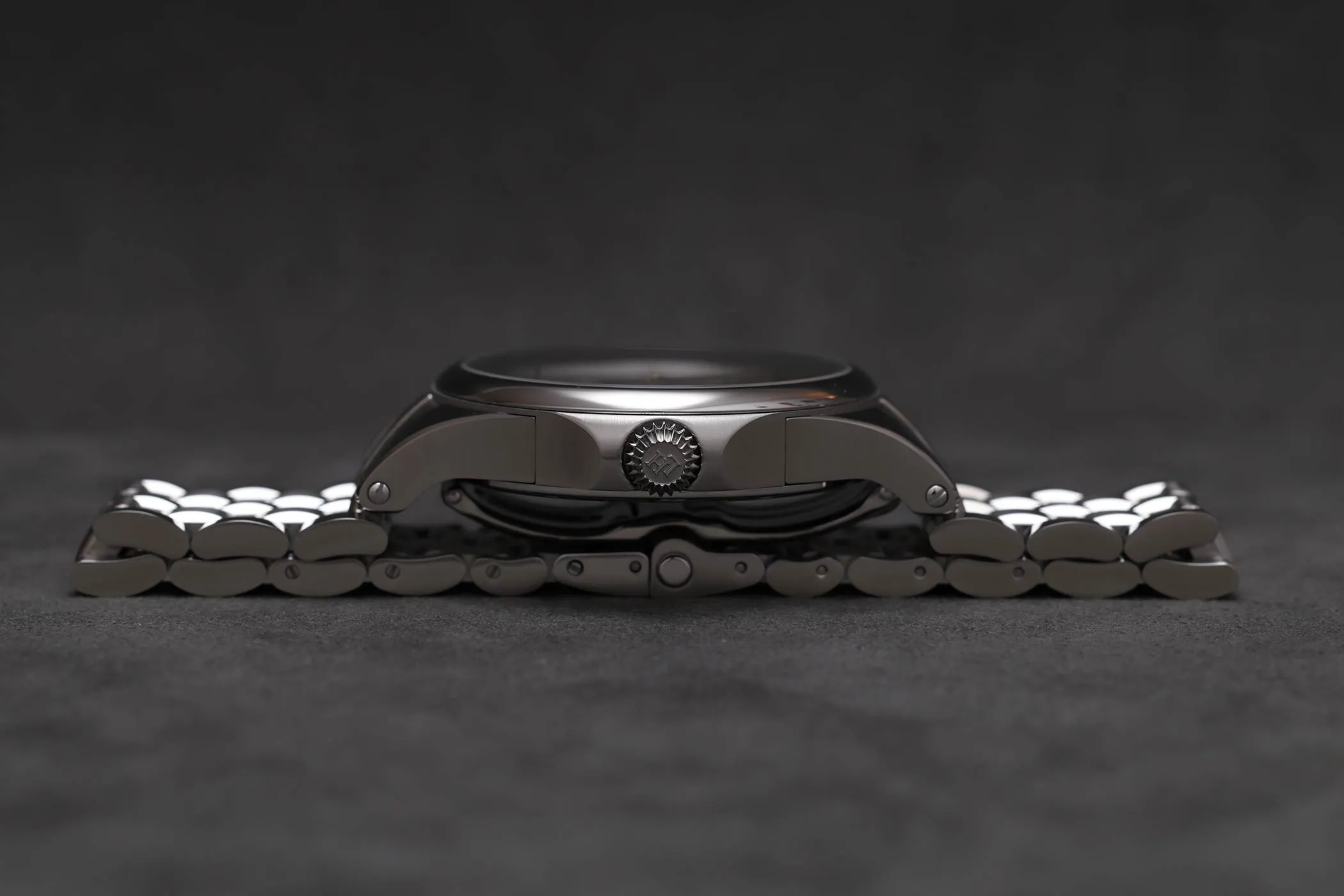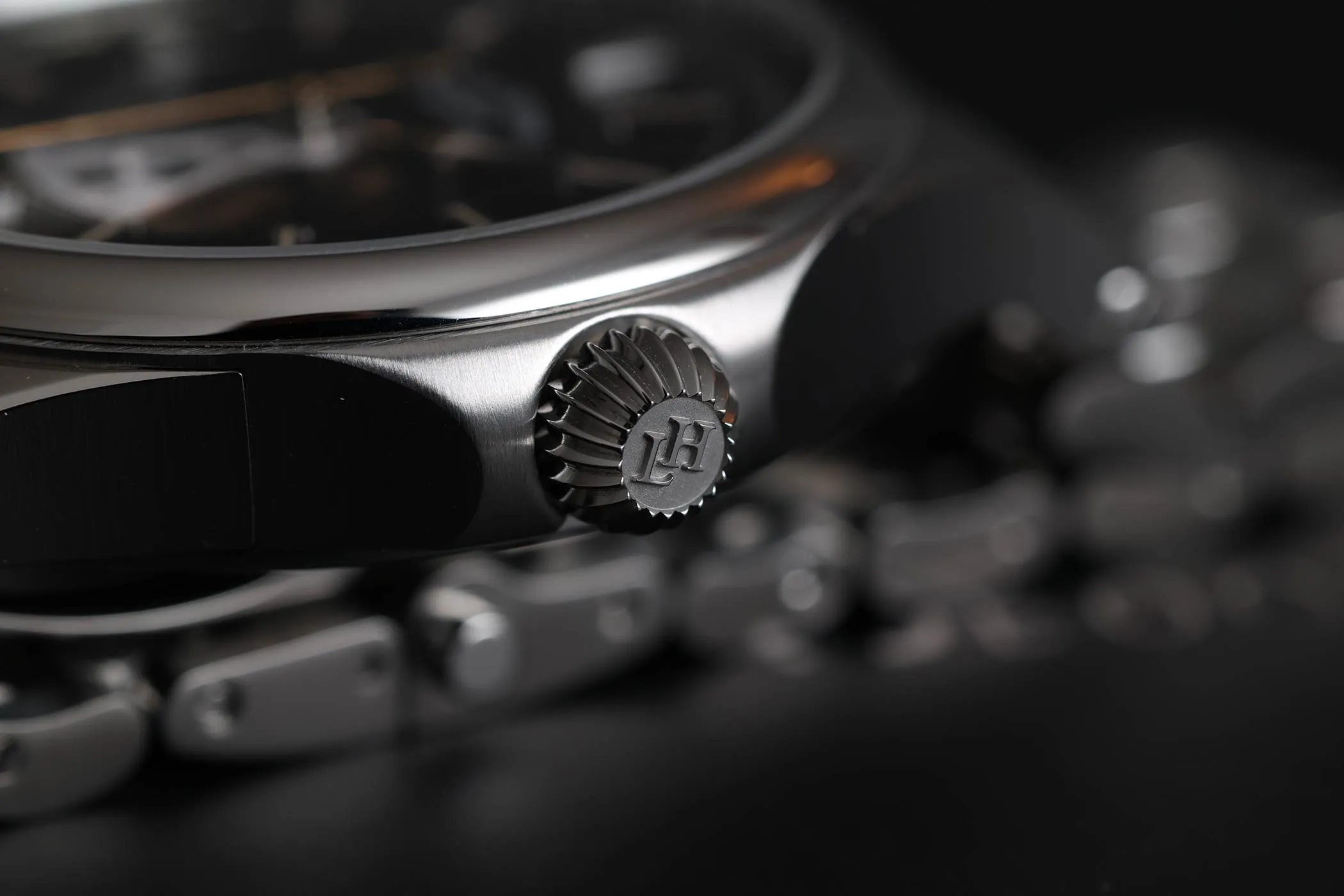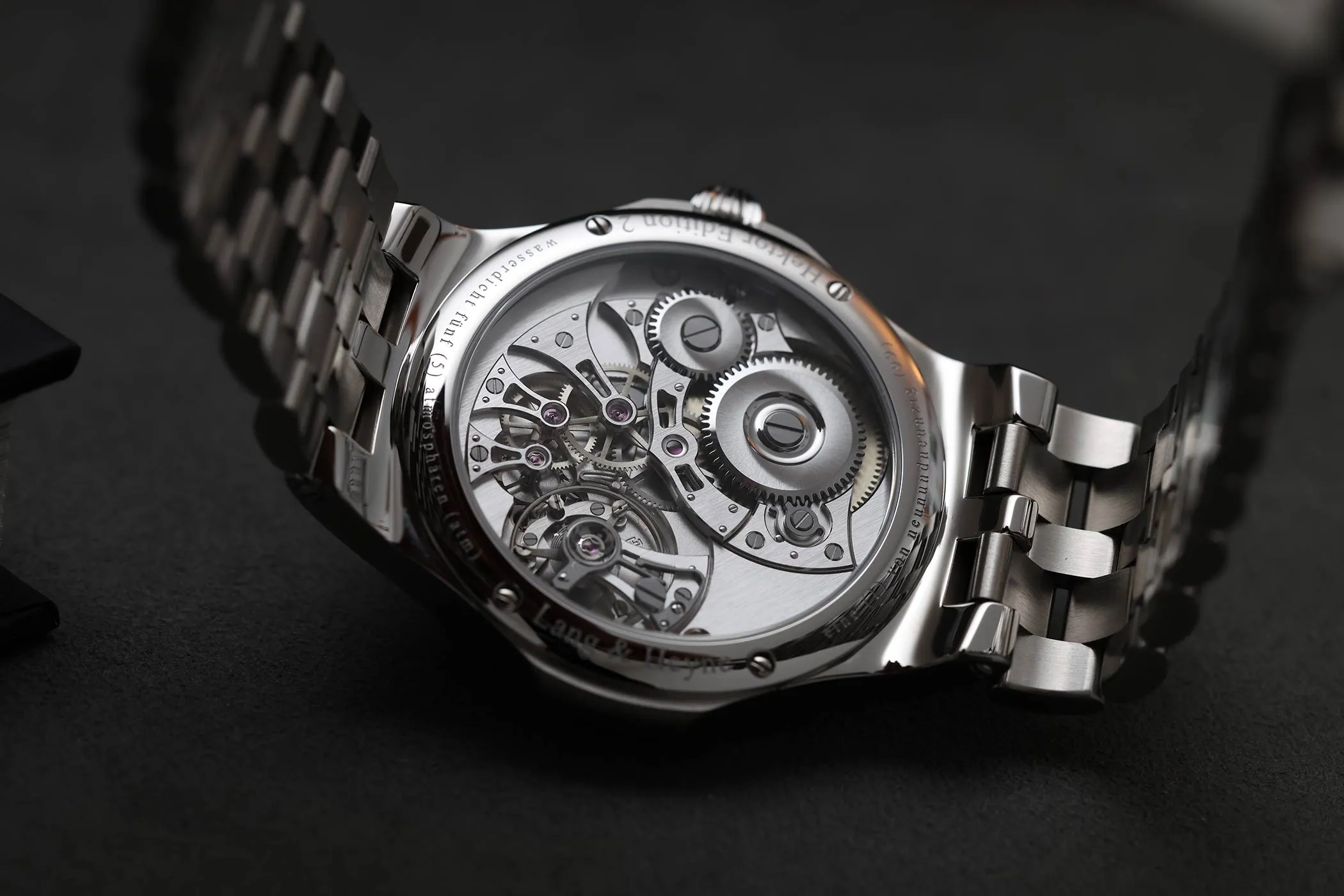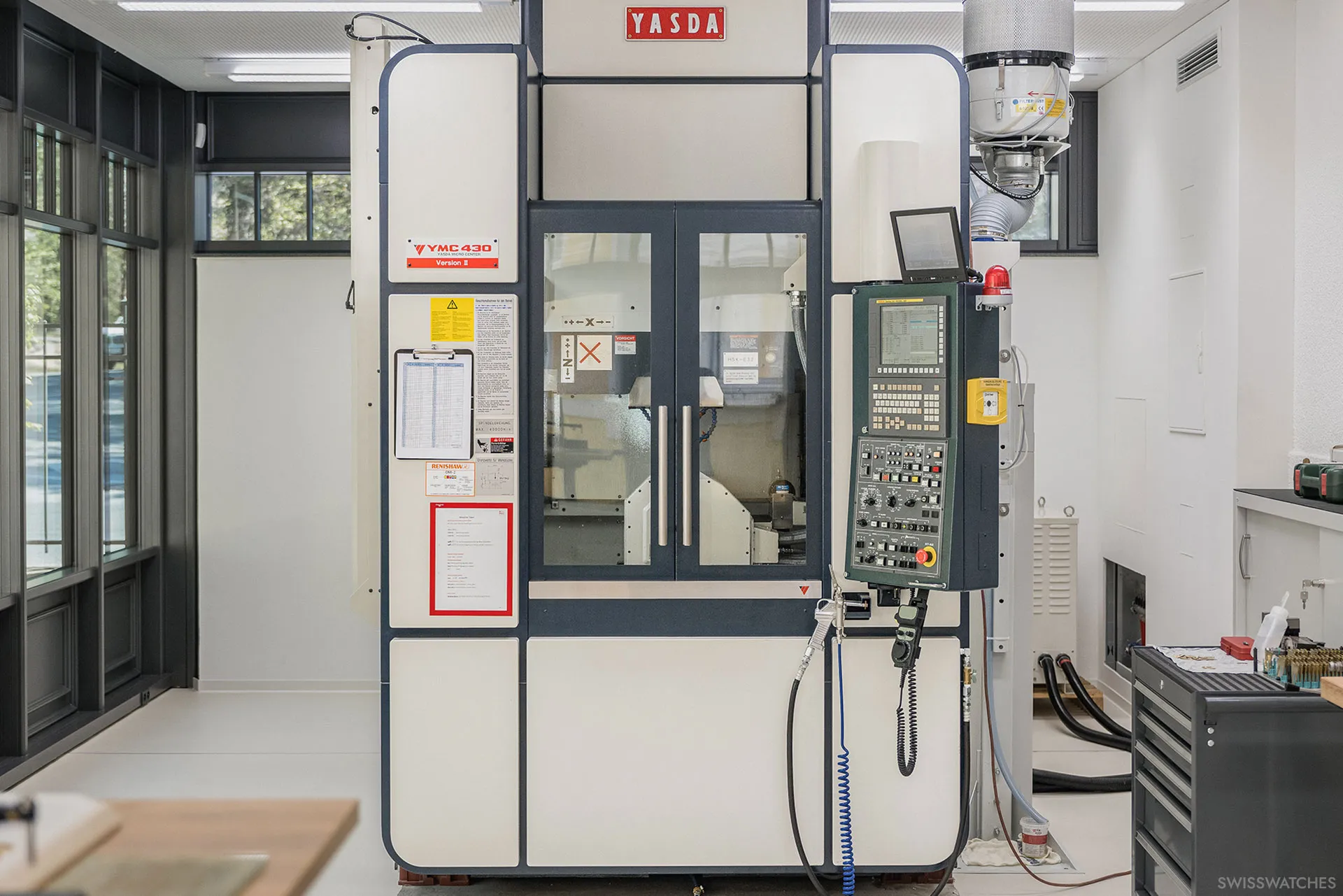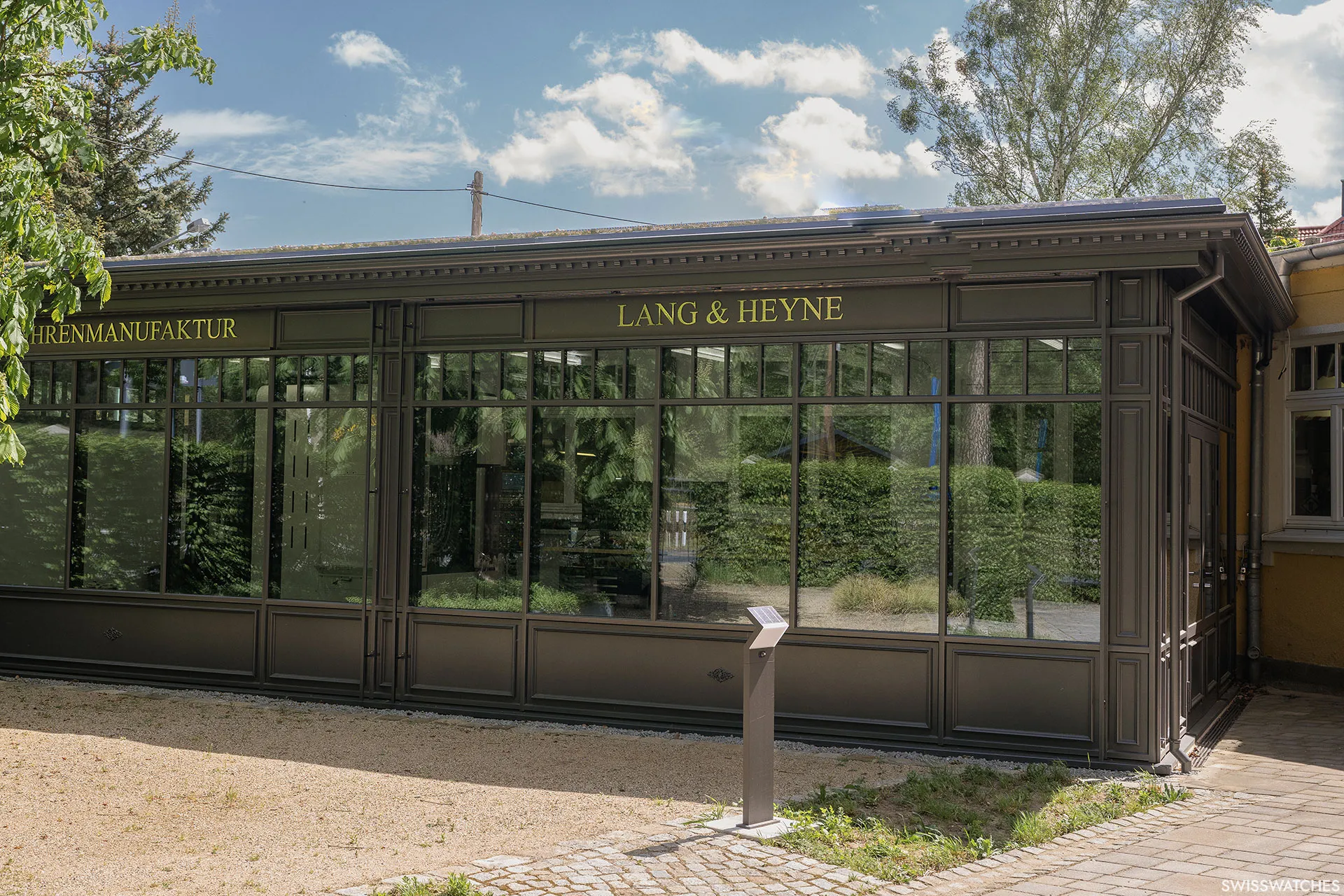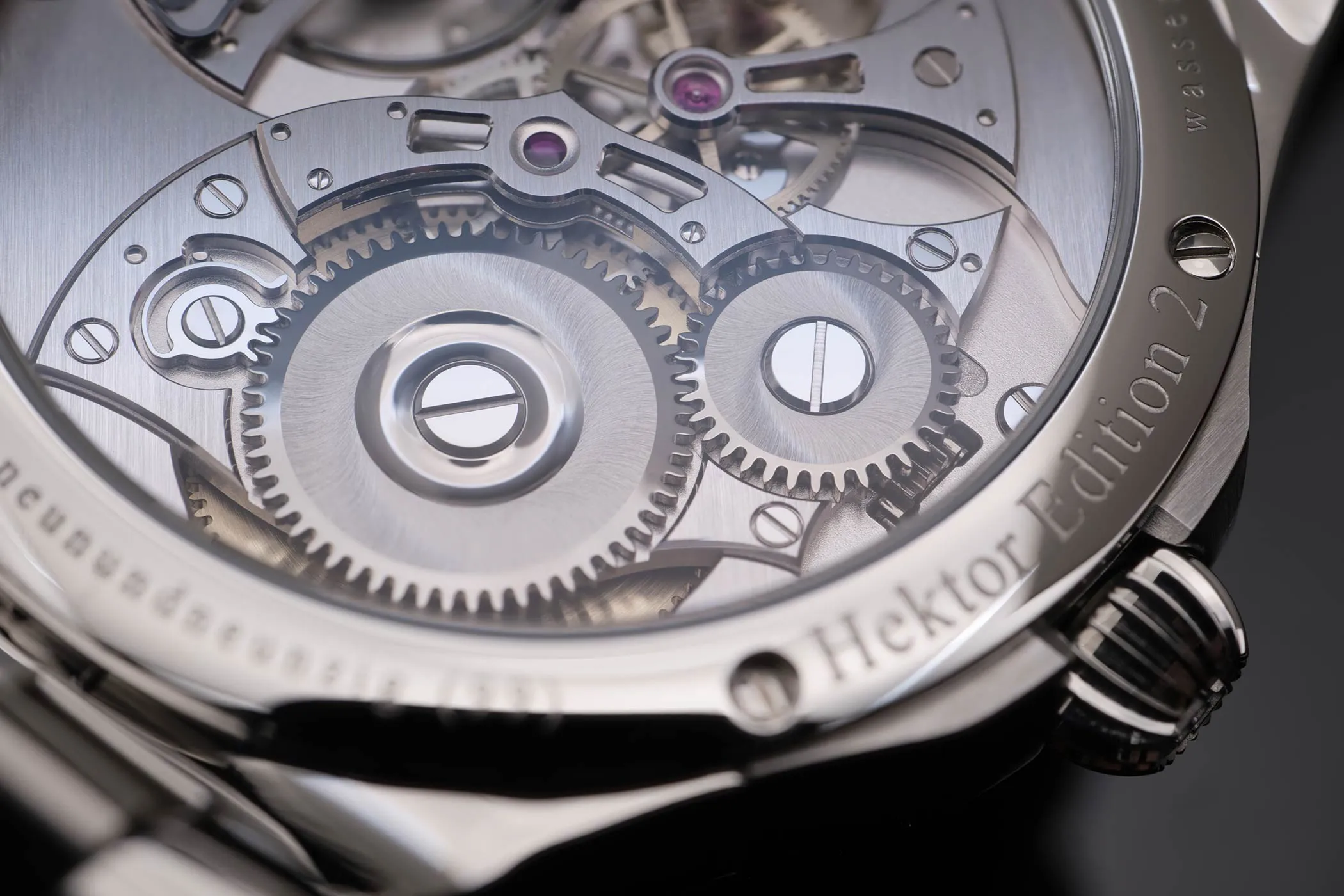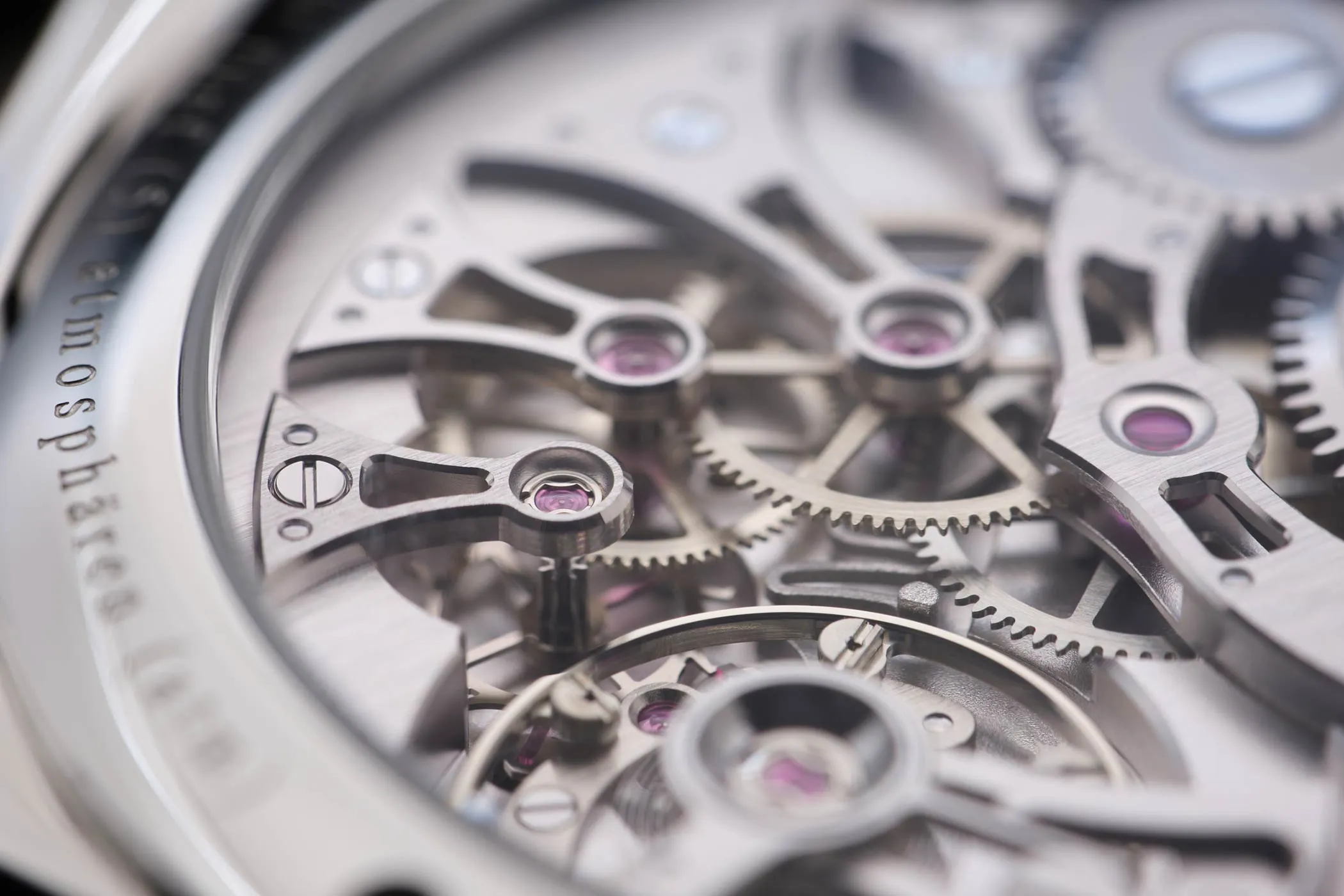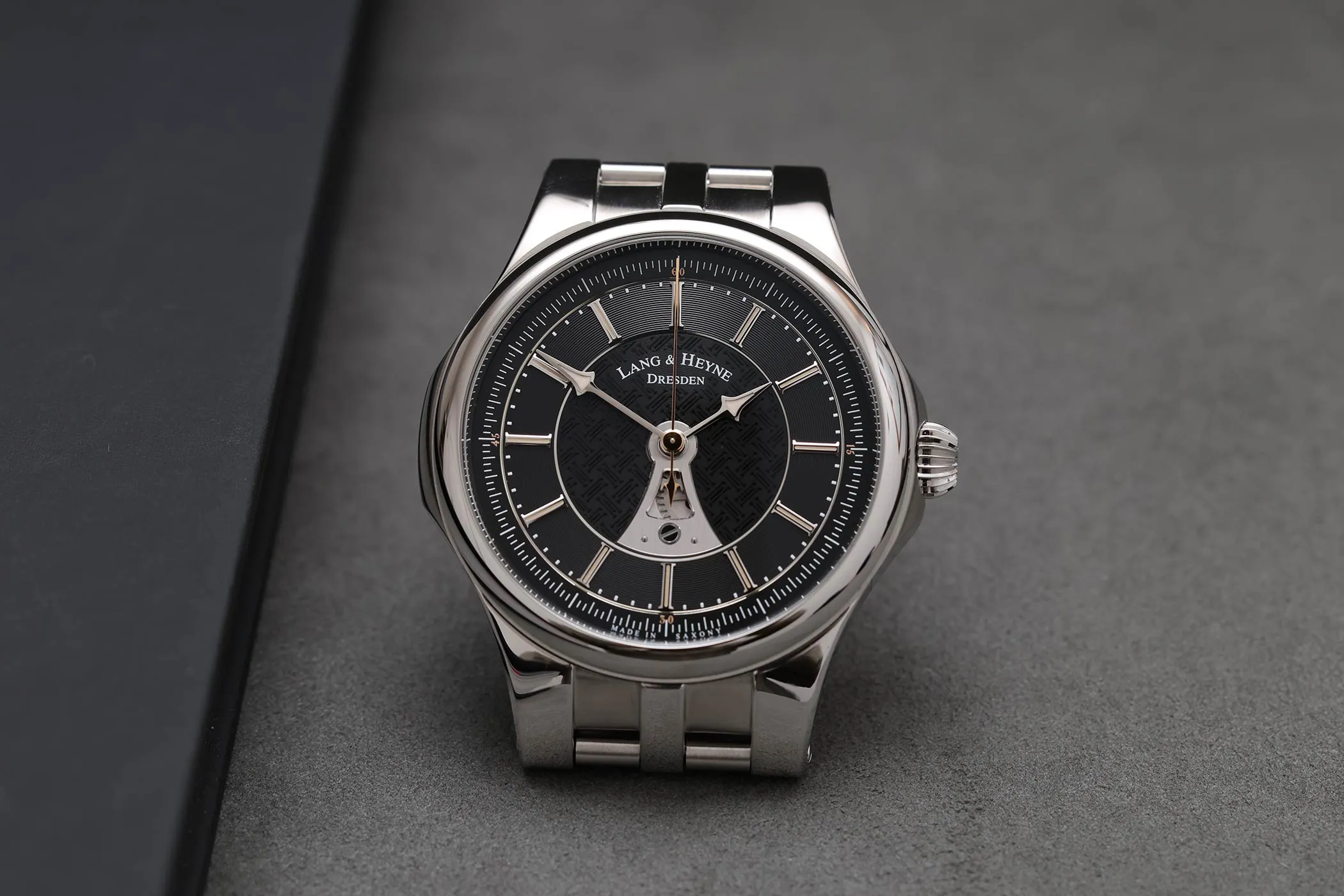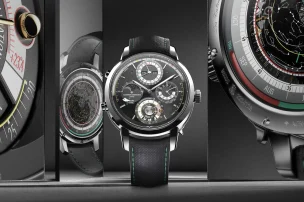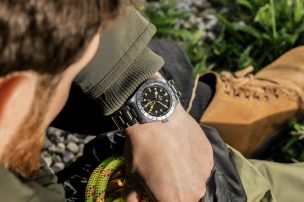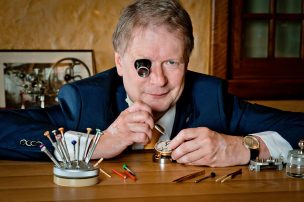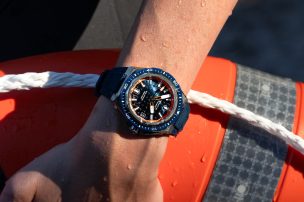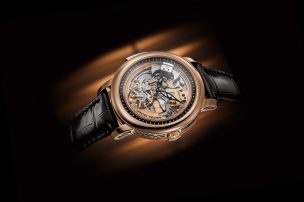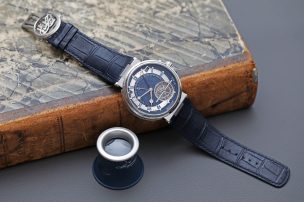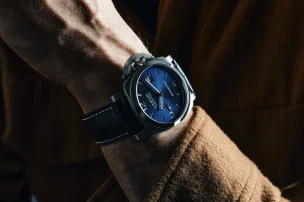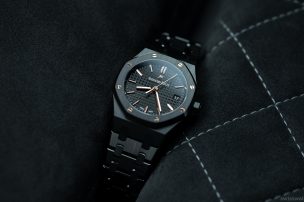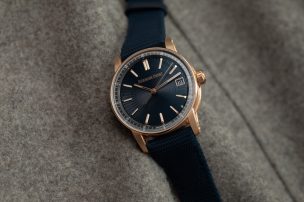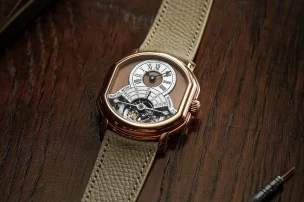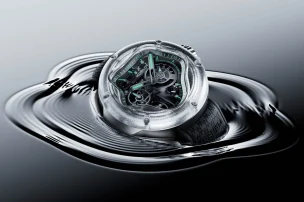
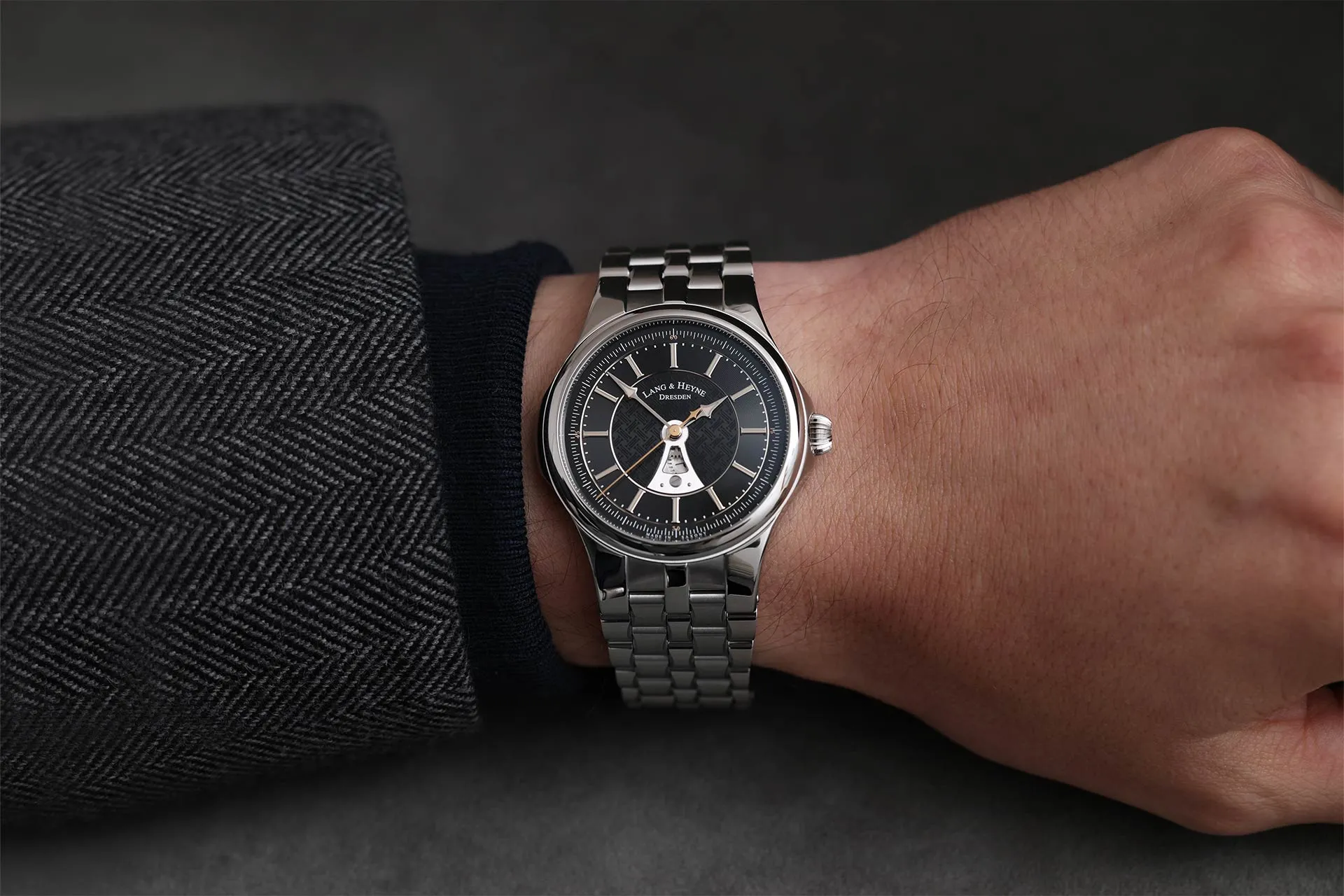
Lang & Heyne: New Hektor Edition II
The Saxon manufacturer Lang & Heyne has revamped its sportiest model, the Hektor, and is introducing a new dial colour and improvements to the movement with the Edition II.
Lang & Heyne launched the first Hektor in 2021, and now the Hektor Edition II is following as a revamped successor. Founded in 2001, the manufacturer from Radeberg near Dresden produces only around 200 watches a year and is known among collectors for its traditionally constructed manufacture movements and meticulous hand finishing. At the same time, it is constantly seeking improvements and further developments in materials and mechanics.
Hektor: Everyday hero
The Hektor occupies a special position among Lang & Heyne’s elegant, traditionally designed models, most of which are made of precious metals: it is the brand’s sportiest watch and also by far the most affordable model.
The stainless-steel case with crown protection and the integrated stainless-steel bracelet make the watch robust, especially when compared to a scratch-sensitive gold case. Thanks to its increased water resistance of up to 5 bar, the wearer can even go swimming with the watch. In addition, the luminous material on the indices and hands ensures easy readability in the dark, which is not the case with the hand-engraved gold hands and blued steel hands of the other models. The Hektor is therefore equipped for modern everyday life. However, the Hektor is just as little a pure tool watch as it is a classic Lang & Heyne in a steel case. With a special hand-wound calibre and a distinctive design with visible mechanics on the dial side, it focuses on individuality.
Petticoat design of the Hektor Edition II
The shape of the petticoat plays an important role in this unique design. This skirt, which was particularly popular in the 1950s and 1960s, becomes wider and wider towards the bottom. This shape can be found in several places on the Hektor. Most striking is the stainless-steel cock on the front, which prominently occupies the lower half of the dial thanks to a corresponding recess. The other movement cocks also feature this shape with similarly designed recesses. If you look more closely at the watch, you will see that the tips of the hour and minute hands and the counterweight of the second hand also follow this design.
Instead of Roman numerals, as is often the case, there are applied indices with luminous material, which, due to their shape with serifs, are somewhat reminiscent of a Roman one. The other elements of the dial also show attention to detail: it is triple-stepped. On the outside, beneath the printed second scale, the surface is matt. Then, separated by a silver ring, the ring beneath the applied hour indices features grooves. The inner part with the cock has finer grooves and a relief pattern of the stylised ‘H’ that the brand designed for the Hektor and which also adorns the box. The 40-millimetre case, 10.95 millimetres high, with its onion crown and third middle lug, typical of the brand, ensures family affiliation. The case also incorporates the integrated crown protection on the left-hand side. The five-link bracelet consists of elements with curved tops and sloping sides, giving it a waisted appearance and echoing the petticoat shape twice over. Alternating satin-finished and polished links create an exciting play of light and match the polished case with satin-finished sides. The bracelet is secured with a double folding clasp with safety pushers.
Stainless-steel cock of the Hektor Edition II
If you turn the watch over, you can see the large movement through the sapphire crystal case back. The hand-wound calibre LH 33.2-2 was originally developed by the co-founder of the manufacture, Marco Lang, for the brand’s own movement manufacturer, Uhren-Werke Dresden (UWD). The idea was to be able to offer German brands a domestic calibre. However, the complex construction as a barrel movement and the high level of manual work involved in assembly, adjustment and decoration resulted in a rather high price. In addition, demand for hand-wound movements is modest compared to automatic movements. As a result, the movement has only made rare guest appearances, for example in a limited-edition gold watch from Sinn.
Since 2018, Lang & Heyne and UWD have shared a manufacture building in Radeberg. The raw parts for all Lang & Heyne watches are produced on UWD’s machines, such as CNC milling machines. The two companies have grown together to form a manufacturer with an extremely high level of vertical integration.
The calibre takes its name from its generous 33-millimetre diameter. It measures a moderate 4.4 millimetres in height. The flying barrel contributes to the flat design. The aforementioned petticoat-shaped cocks are striking and give the movement its unique aesthetic. Another special feature of the calibre is the rare double Incafix bearing of the escape wheel, which reduces friction and thus improves accuracy. A total of 22 jewels are used in the movement. When fully wound, it achieves a power reserve of 48 hours.
The movement of Edition II, which now bears the suffix ‘-2’, differs from the first Hektor in that it has a newly designed second wheel bridge, which replaces the second wheel cock. Lang & Heyne has also revised the fine adjustment mechanism: the regulator is now used to set the rate error. The flat balance spring can breathe freely. Fine adjustment is carried out via six mass eccentrics on the large balance wheel. This oscillates at 21,600 vph and can be stopped by pulling out the crown. Another new feature is the nickel silver gear train, which contrasts with the rhodium-plated brass movement parts with its warmer colour tone.
Availability and price of the Hektor Edition II
While the first Hektor was available with dials in green, blue and grey, the dial of Edition II is exclusively black. The model is limited to 99 pieces, available immediately and costs 19,999 euros plus VAT.
